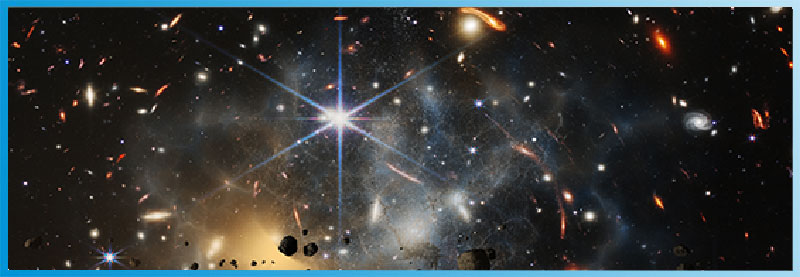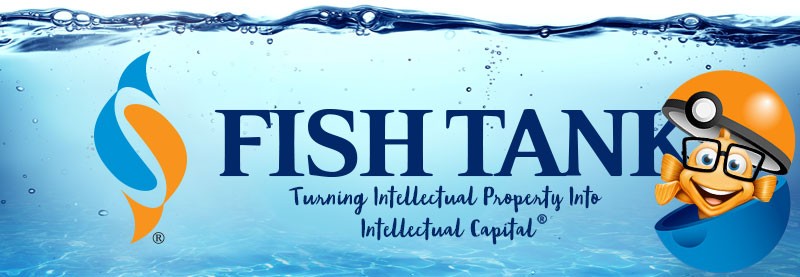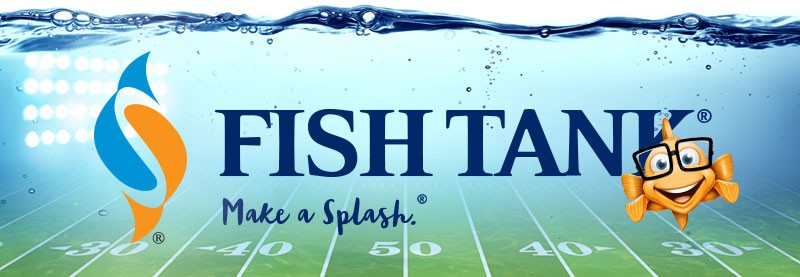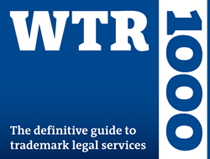Intellectual Property Insights from Fishman Stewart
Mini Article – Volume 22, Issue 16
Share on Social
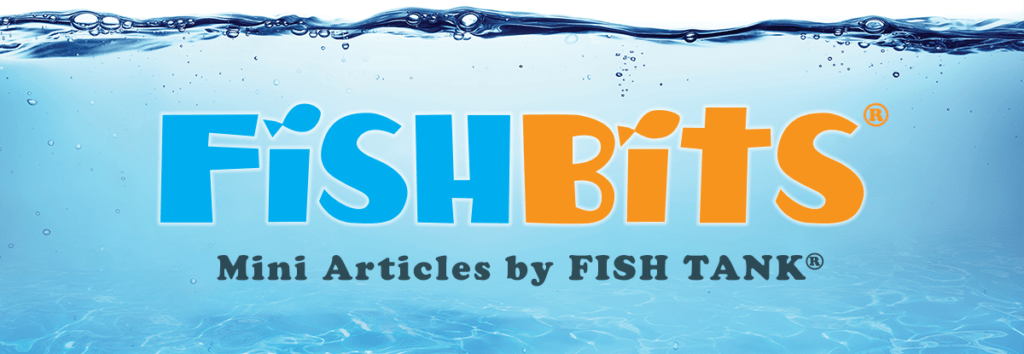
James Webb Space Telescope Images Released to the Public and to the Public Domain
By Kristyn Webb
On July 12, 2022, the world was collectively wowed by the stunning images sent back to Earth by the James Webb* Space Telescope. NASA, in partnership with the European Space Agency (ESA) and the Canadian Space Agency (CSA), built and launched the $10 billion infrared telescope as a successor to the aging Hubble Space Telescope, launched in 1990. The James Webb Space Telescope is about a hundred times more sensitive than the Hubble Space Telescope, and the improvements can clearly be seen in the side-by-side images of the SMACS 0723 galaxy field which is roughly 4.6 billion light-years from Earth:
HUBBEL: JAMES WEBB: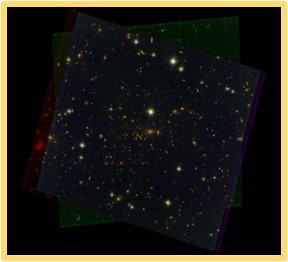
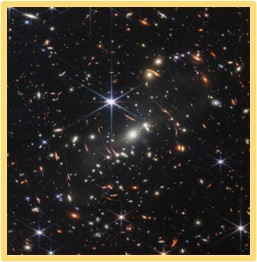
Credit: ESA/Hubble Credit: NASA, ESA, CSA, and STScI
For scale, the slice of heaven depicted in each of these images is about the size of a grain of sand held at arm’s length.
Almost as amazing as the images, was the quantity of products bearing these images that flooded online marketplaces. Within hours of the first images being released, they were put onto fanny packs, sweatshirts, posters, travel mugs, and the like. Enterprising merchants swiftly capitalized on the news coverage and the public interest that the images generated. For each celestial body that can be seen in the James Webb image above, there are least a dozen online retailers selling products bearing the same image.
This merchandizing free-for-all is made possible by the fact that the images from the James Webb telescope reside in the public domain. Subject to a few exceptions, under U.S. copyright law, works created by the federal government and its agencies are copyright-free. This means that anyone is free to copy, publish, distribute, adapt, and otherwise use the works.
Some of the products also depicted one or more of NASA’s logos. Unlike the public domain images, which are free for anyone to use, permission is required to use NASA’s name or logos on products and advertisements for goods and services.
In fact, NASA’s logos are protected by two federal statutes. One statute prohibits the use of NASA’s name, initials, or logos from use that would suggest NASA’s affiliation or endorsement of a product or service. The other statute criminalizes any use of the agency’s “insignia,” except as permitted by government regulations. NASA’s regulations permit use of its name and logos on a case-by-case basis and the agency publishes its merchandising guidelines on its website. To foster public support, NASA regularly partners with various private companies to produce NASA-branded merchandise such as bags, t-shirts, and hats.
So, if you are looking to start up your own line of swag featuring the James Webb images, have at it. But, read the fine print if you plan to use NASA’s name or logos, so you don’t commit a federal crime.
*The James Webb telescope was named in honor of former NASA administrator James Edwin Webb (no relation to this author) who oversaw the Apollo program.
Kristyn C. Webb is an associate attorney at Fishman Stewart and works in the firm’s trademark, copyright, and litigation practice groups. She is currently seeking a post graduate law degree in UK, EU, and US Copyright Law at King’s College London. Check out her full bio here.
Published August 11, 2022
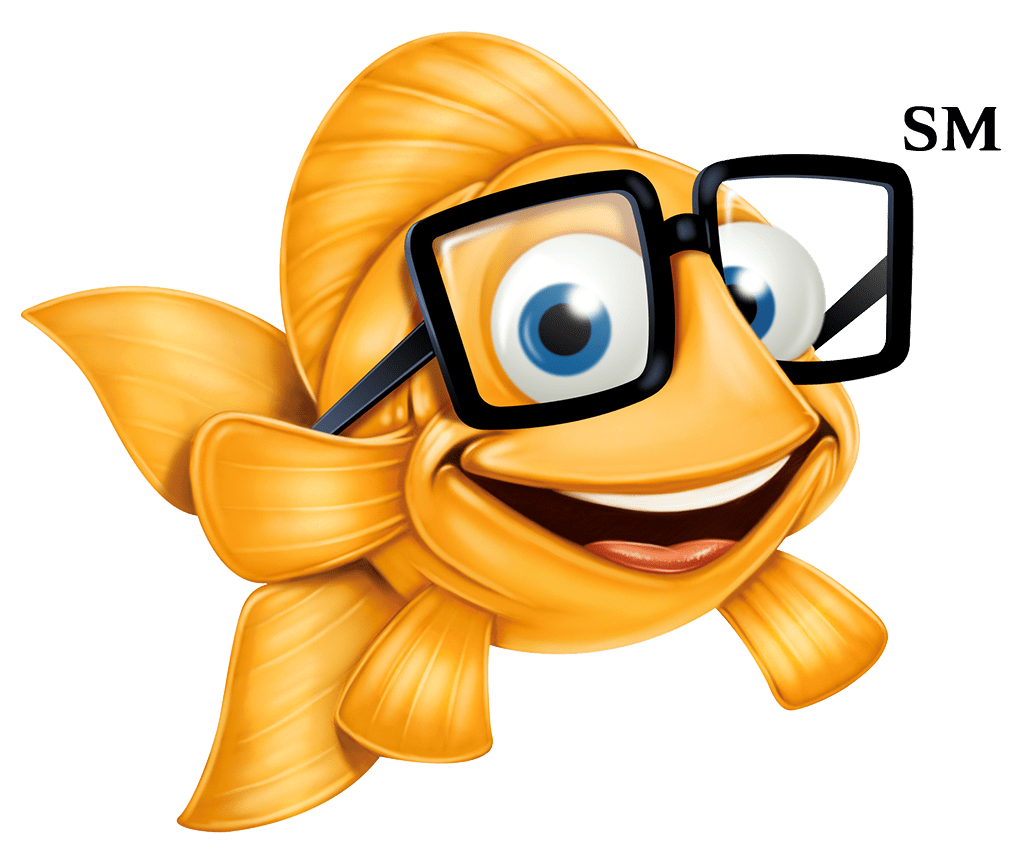

Related Content from Fishman Stewart
In a recent decision, the U.S. Court of Appeal for the Eighth Circuit affirmed a jury verdict holding that the use of the "Success Kid" meme by a congressman's reelection campaign for fundraising purposes did not qualify as fair use.
In February 2024, proposed legislation was introduced in US House of Representatives which would extend copyright protection to golf courses. The bill is titled “Bolstering Intellectual Rights against Digital Infringement Enhancement Act” or the “BIRDIE Act”.
June is Pride Month, which honors the 1969 Stonewall Uprising in Manhattan and recognizes the impact that lesbian, gay, bisexual, and transgender (LGBTQ+) individuals have had on history locally, nationally, and internationally. The United States Patent and Trademark Office flies the Pride Flag and promotes the Pride community’s contributions with programming offered annually.
June is Pride Month. This year we are celebrating with some IP tips for drag performers! Drag performers can protect their intellectual property by registering the copyrights in their original works of music, choreography, and comedy sketches.
You’re rarely more than a few yards from Finny’s favorite chips, semiconductor chips to be precise. But what exactly is a semiconductor chip?
"May the 4th Be With You," also known as Star Wars Day, takes place annually on May 4th. The phrase is a pun on the iconic Star Wars catchphrase "May the Force be with you."
First, a big “thank you” to all our readers who have given feedback on our newsletter. We appreciate your interest and insights. It is always a treat to hear from you! Second, we wanted to provide you with updates on some of our most popular articles
“Palworld”— a computer game created and published by Japanese developer Pocket Pair. Released as an early access game in January 2024, it sold over seven million copies on the computer platform Steam in the first five days and had nearly 20 million players in the first two weeks.
This year’s Super Bowl featured a thrilling overtime victory for the Kansas City Chiefs over the San Francisco 49ers. With estimates as high as 123 million viewers, America's premier sporting event also serves as a grand stage for creativity and intellectual property protections that enhance the game’s success.
Valentine’s Day is just around the corner and jewelry sales are usually around $6 billion USD in the United States alone. In 2021, the US Customs and Border Protection agency seized over $1 billion USD worth of counterfeit pieces of jewelry.
IDENTIFYING, SECURING AND ADVANCING CREATIVITY®


